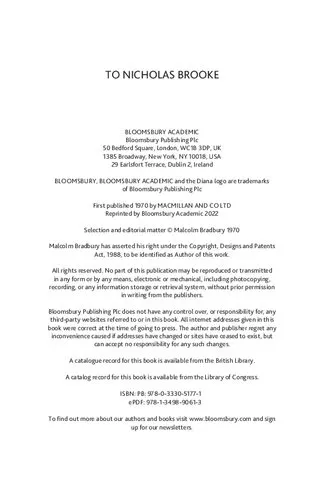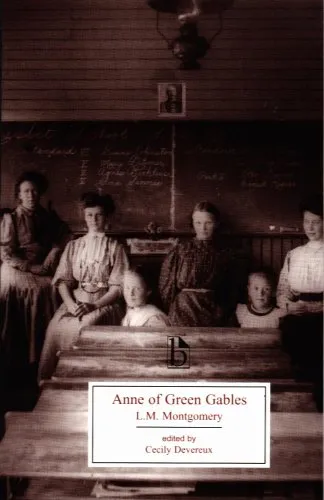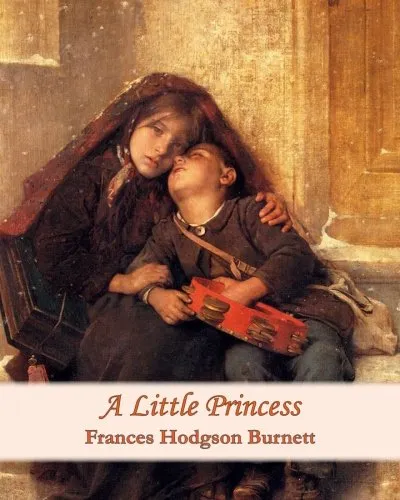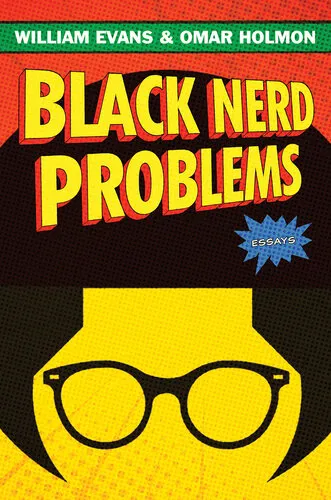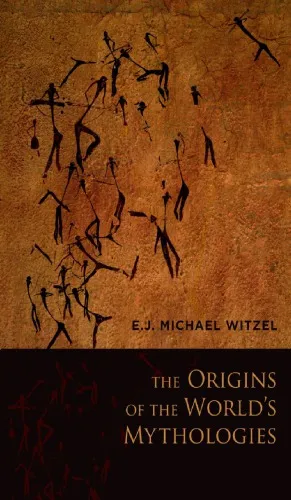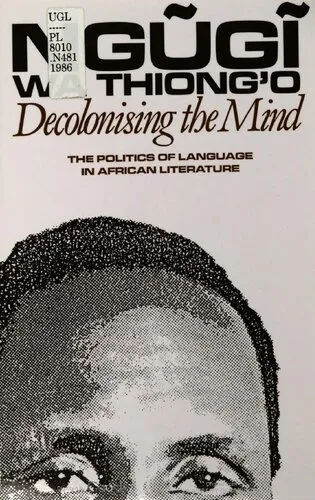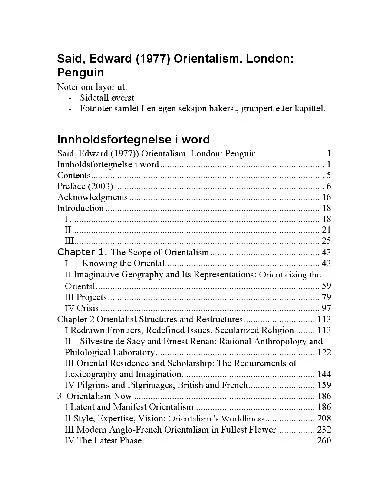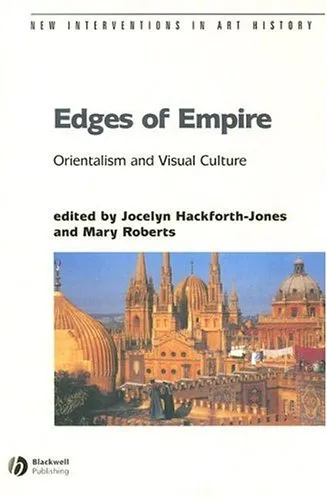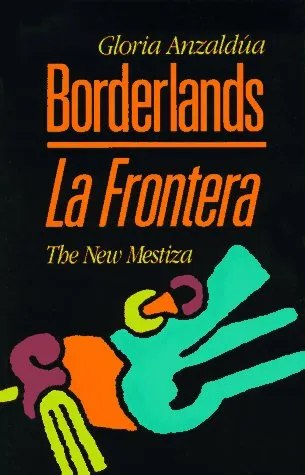E.M.Forster: A Passage to India
4.5
Reviews from our users

You Can Ask your questions from this book's AI after Login
Each download or ask from book AI costs 2 points. To earn more free points, please visit the Points Guide Page and complete some valuable actions.Related Refrences:
Introduction to 'E.M.Forster: A Passage to India'
E.M. Forster’s seminal novel, 'A Passage to India', first published in 1924, is a profound exploration of race, colonialism, and the complexity of human relationships set against the backdrop of the Indian subcontinent struggling under British rule. This profound narrative scrutinizes the intricate web of interactions between the colonizers and the colonized and reveals both the elementary essence of humanity and the gaping voids that separate disparate cultures. As you delve into this book, you will encounter deep introspection on cultural dichotomies, alongside the continuous search for understanding and friendship in a world fraught with misunderstanding.
Detailed Summary of the Book
'A Passage to India' revolves around four main characters—Dr. Aziz, an Indian Muslim; Cyril Fielding, an English educator; Mrs. Moore, an elderly British woman visiting her son in India; and Adela Quested, a young woman considering a life in India. The narrative commences with the arrival of Mrs. Moore and Adela in the fictional city of Chandrapore. Both women are keen to see the 'real India,' beyond the British colonial setup.
The story unfolds with an eventful trip to the Marabar Caves, where an enigmatic incident occurs involving Dr. Aziz and Adela Quested. Adela's accusations against Aziz set off a racial and cultural storm, throwing the entire city into turmoil and bringing the simmering tensions between the British colonizers and the Indian population to a boiling point. Throughout the novel, Forster explores themes of friendship, racial mistrust, and the limitations of human understanding, which are poignantly portrayed through the attempted friendships and inevitable misunderstandings between Aziz and Fielding.
As the narrative progresses, the implications of Adela's accusation unravel, casting long shadows over the community and over each individual character, leaving readers to ponder the deep schisms that define cultural and racial relationships.
Key Takeaways
- Exploration of colonial tensions and the complex dynamics of power.
- The portrayal of cultural misunderstandings and racial prejudices during British colonial rule.
- The novel as a mirror to societal divisions and the quest for genuine human connection.
- Symbolism of the Marabar Caves as the inexplicable chaos of human consciousness.
- Forster's critique of British imperialism and advocacy for empathy and understanding.
Famous Quotes from the Book
"Adventures do occur, but not punctually."
"A mystery is only a high-sounding term for a muddle."
Why This Book Matters
'A Passage to India' remains an essential literary work, providing invaluable insight into the complexities of human interactions and the enduring effects of colonialism. Forster's ability to weave a story that challenges the perception of 'the other' and calls for a profound understanding and bridging of cultural divides makes this novel not only relevant in the past but also in contemporary times. It's a vivid reminder of the enduring consequences of imperialistic ambitions and the necessity for cross-cultural empathy and respect.
The novel invites its readers to reflect on the possibilities for friendship and meaningful connections across cultural boundaries and confront the prejudices that inhibit mutual understanding. Its enduring relevance and profound message ensure that 'A Passage to India' continues to be a pivotal read for those seeking to understand the intertwined histories and legacies of colonialism and human coexistence.
Free Direct Download
You Can Download this book after Login
Accessing books through legal platforms and public libraries not only supports the rights of authors and publishers but also contributes to the sustainability of reading culture. Before downloading, please take a moment to consider these options.
Find this book on other platforms:
WorldCat helps you find books in libraries worldwide.
See ratings, reviews, and discussions on Goodreads.
Find and buy rare or used books on AbeBooks.
1543
بازدید4.5
امتیاز0
نظر98%
رضایتReviews:
4.5
Based on 0 users review
Questions & Answers
Ask questions about this book or help others by answering
No questions yet. Be the first to ask!
